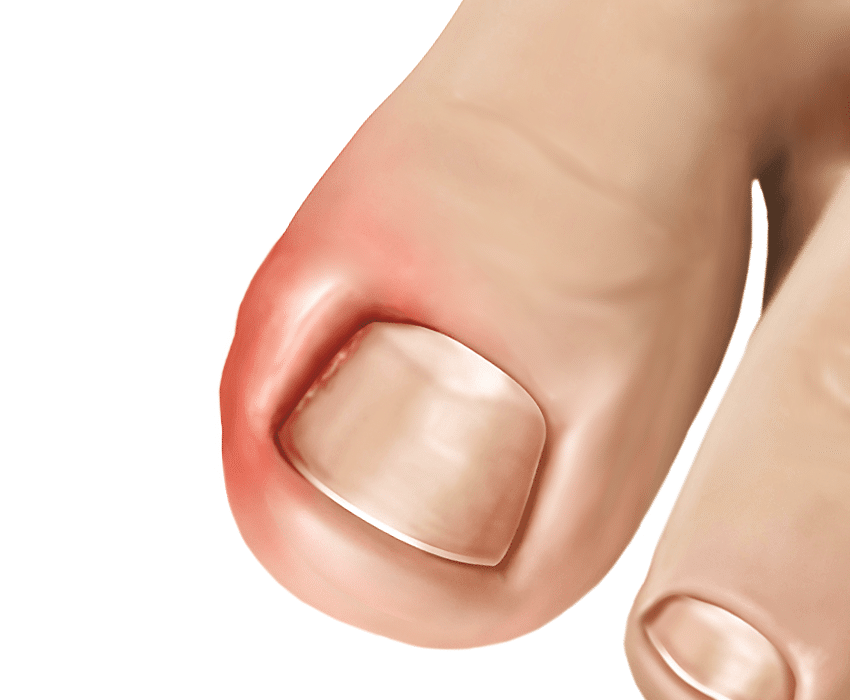
What is an Ingrown Toenail?
An ingrown toenail (aka unguis incarnatus or onychocryptosis) is a common and painful toe condition. It occurs where the edges or sides of the nail grow into the flesh of the toe. The pain is normally followed by swelling and redness. Typically, an ingrown toenail occurs in the big toe. This is common if shoes dont fit properly, improper nail care or injury.
Often, an ingrown toenail can be treated at home. Sometimes by soaking the foot in warm water, wearing loose footwear, using over-the-counter pain medication, and attempting to lift the edge of the ingrown nail. However, an ingrown toenail can cause complications and severe pain that might require immediate medical treatment which normally include surgery. The risks of complications from a toenail are higher for patients with diabetes or conditions that cause poor circulation.
Ingrown Toenail Surgery
An untreated ingrown toenail can cause an infection. Or, even an abscess. When an infection occurs surgery is required. During the procedure, the infection or abscess is drained. Then, extra tissue around the nail is removed.
Matricectomy
A Matricectomy is where all or part of the base nail is removed. This is performed by using chemical, electrical, or surgical means. There are two types, either a complete or lateral matricectomy. During a complete matricectomy, the entire nail matrix is removed resulting in permanent nail loss. A lateral matricectomy is the surgical removal of a portion of the nail bed.
Nail Ablation
During a nail ablation, the ingrown toenail is cut along the corner and pulled out. Then, a small electrical shock or a liquid solution is applied to the exposed portion. In order to prevent the regrowth of a toenail again.
